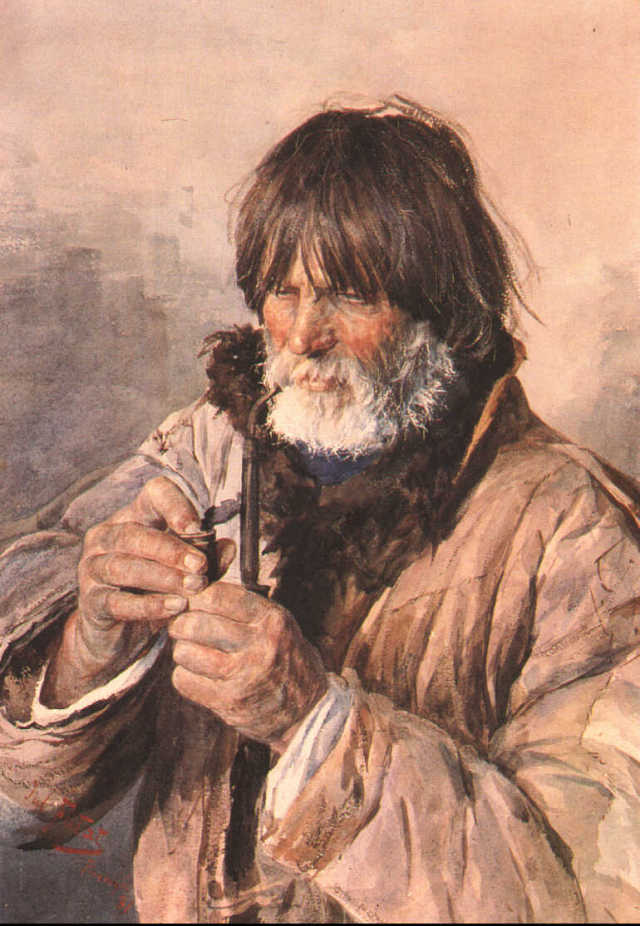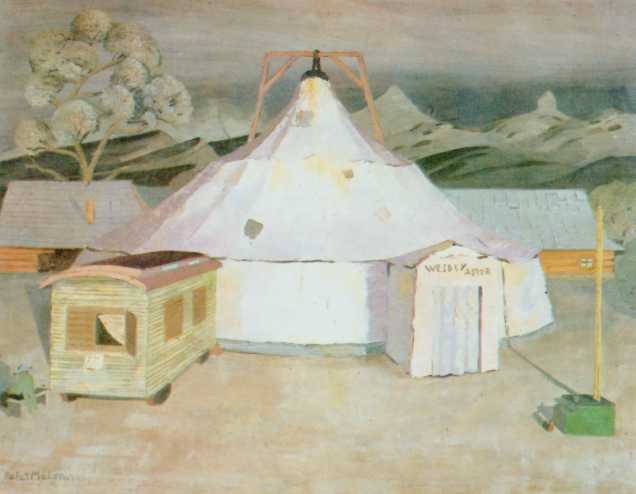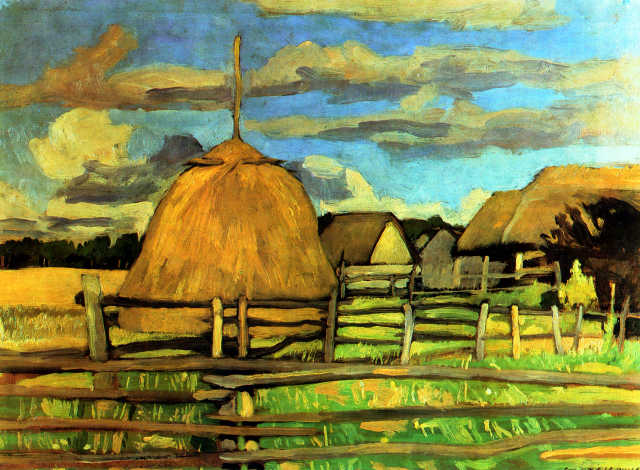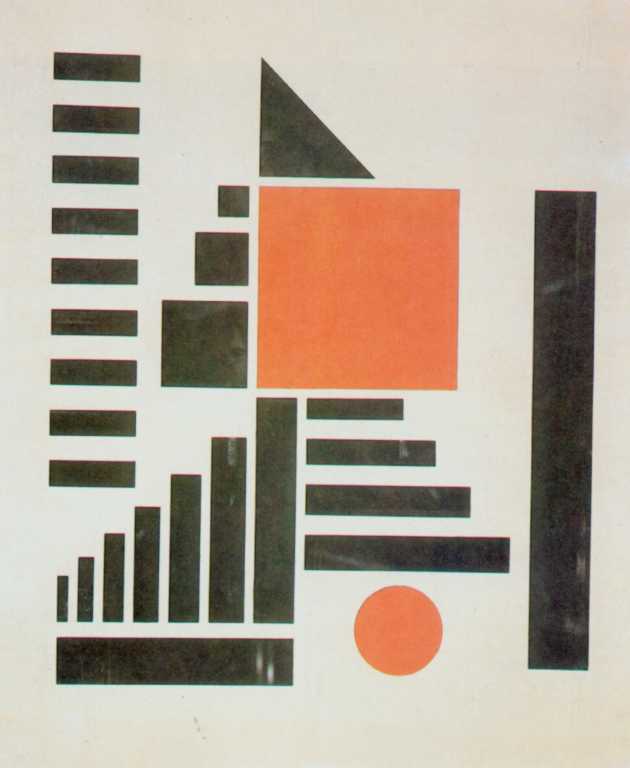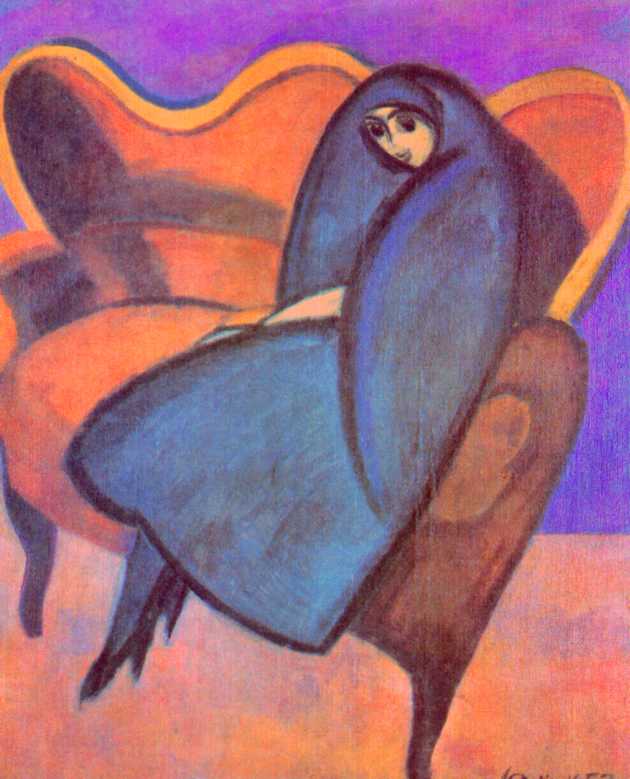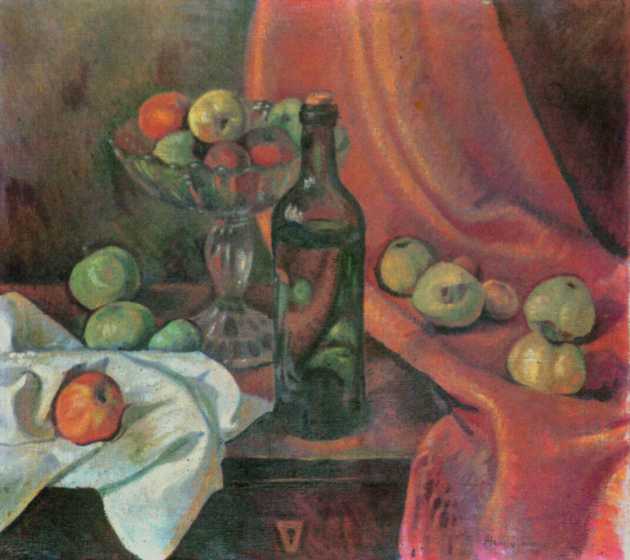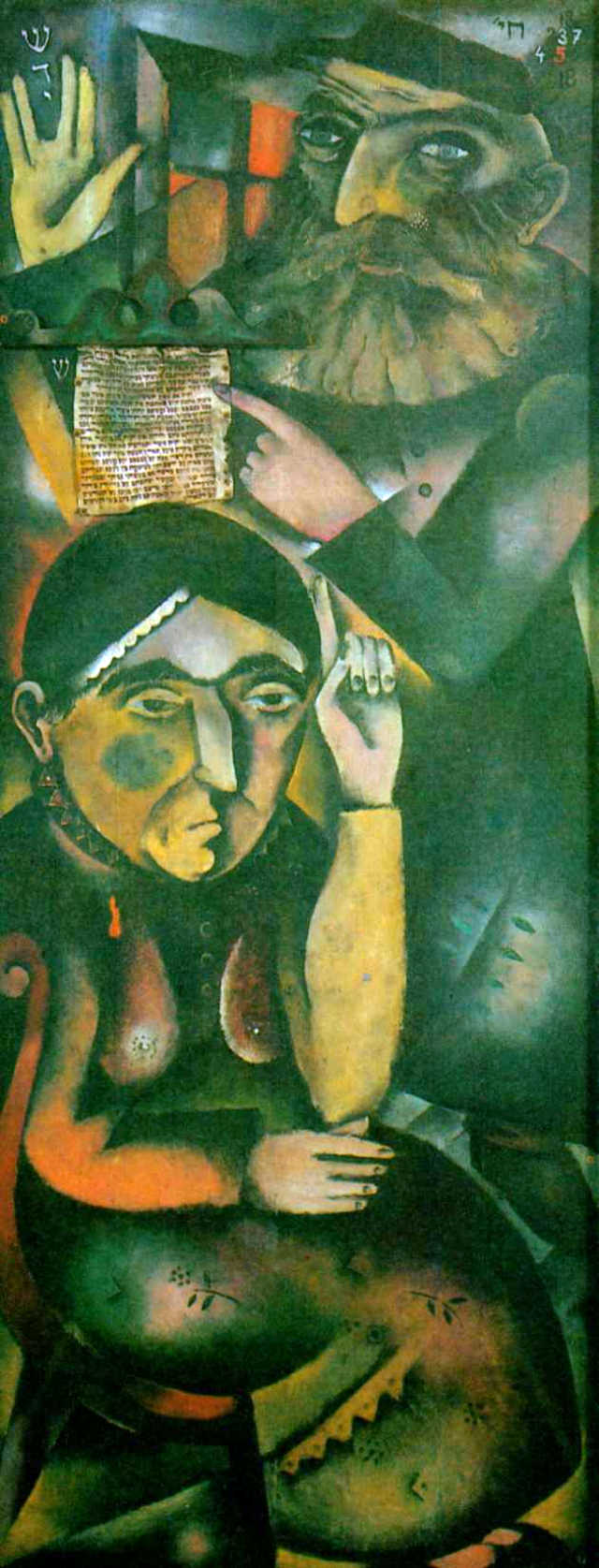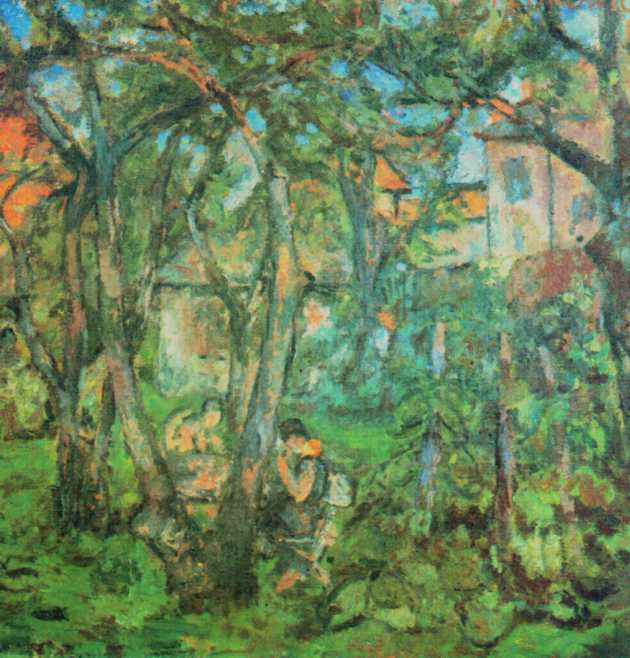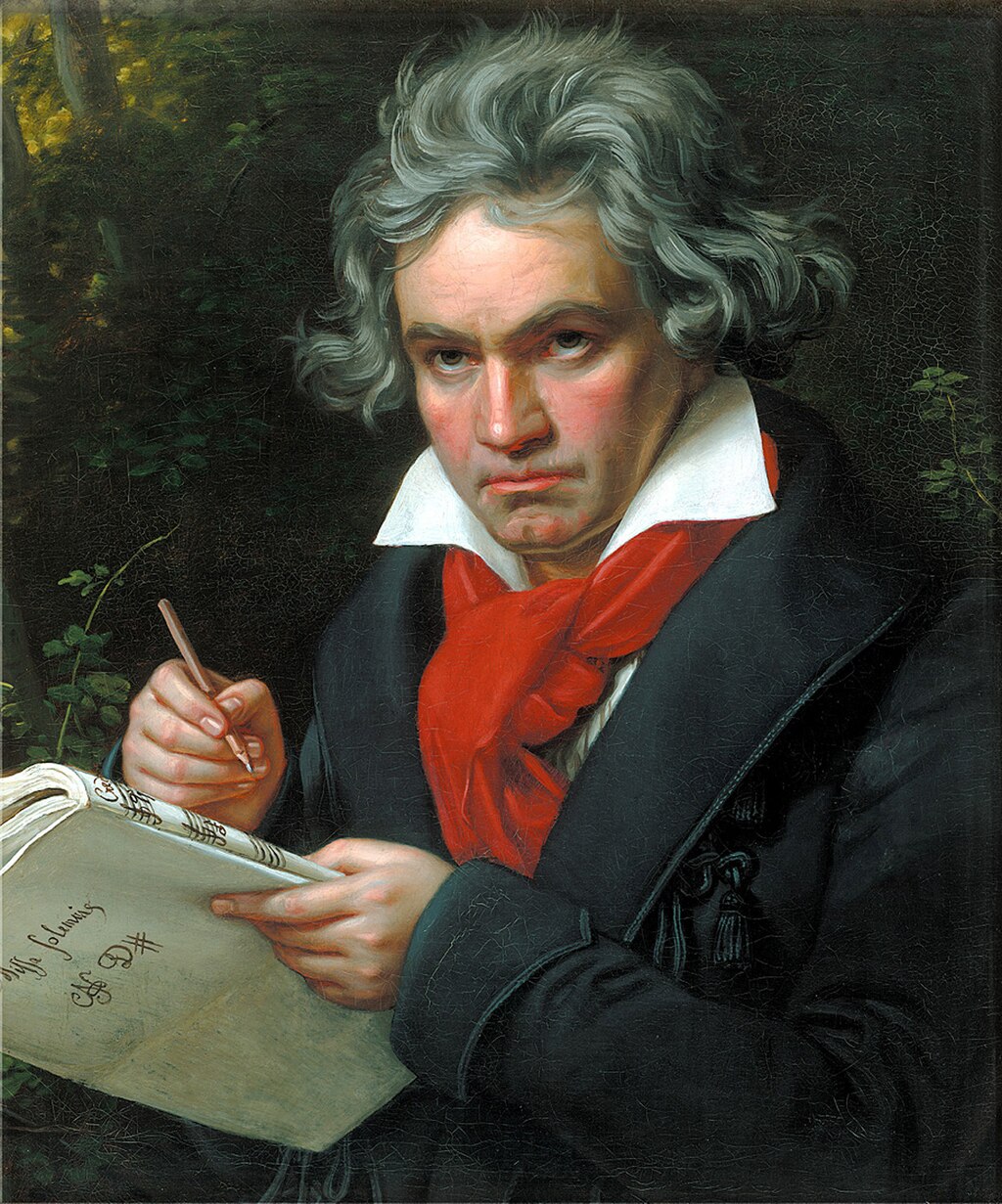 VINCENT VAN GOGH (1853—1890)
VINCENT VAN GOGH (1853—1890)
Born in Groot-Zundert in the Netherlands. He was the son of a pastor. He studied theology, then he carried out a missionary activity among miners in Brabant. He chose the profession of a painter when he was years old 27.
The artistic creativity of van Gogh closes in the years 1880—1890. For the first six years, the artist lives in Belgium and the Netherlands. His art is shaped in reference to the tradition of realistic Dutch painting and under the influence of the contemporary Dutch school. (Mauve, Israel's). It is distinguished by a tendency to expressive deformation. The actual heyday of van Gogh's talent takes place in contact with Japanese woodcut, contemporary French painting and the atmosphere of southern France. Therefore, the artist's individual style with a characteristic texture was shaped during the last four years of his life in France.
In publications devoted to van Gogh, the division of the works of those years was established (1886—1890) for four periods, corresponding to the stages of artistic work, and at the same time another place of residence of the artist.
Stay in Paris, February 1886 - February 1888, when, in contact with the older and younger generation of the Impressionists, van Gogh brightens the palette, adopts the principle of pure color and impressionistic texture, for some time influenced by Seurat's neo-impressionism and finally, together with Emil Bernard and Gauguin, he begins to look for a way beyond impressionism. Stay in Arles, February 1888 — maj 1889, when the artist, finding an excitement in the southern climate and landscape, shapes his own creative path. It is the direct expression of feelings through color, intensification of color placed in larger planes, a certain simplification of the form. However, Van Gogli always paints from nature and rejects Gauguin's decorative concepts, with whom he works closely for two months. Hospital stay in Saint-Rémy, maj 1889 — maj 1890, and a stay in Auvers at Dr. Gachet, end of May - end of July 1890. At that time, along with the deepening of the expressive assumptions of his work and the deterioration of the artist's health, the tension of suggestive color increases., and the elements of movement and anxiety give the images a dramatic expression.
The only written source for finding out about van Gogh's artistic views is his, very abundant, correspondence. Perennials contain the most material, systematic correspondence with the younger brother Théo, who believed in and appreciated Vincent's talent from the beginning. During the years of his stay in France, the care and financial help of the better-off brother were almost the artist's only support. In his letters, he formulates his views on old and contemporary painting, own aesthetic assumptions, creative plans, describes and evaluates images, which I am working on. Equally interesting, although less known, there are his letters to Emil Bernard and to Sister Wilhelmina, from which the fragments published here come.
